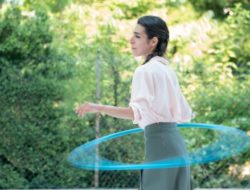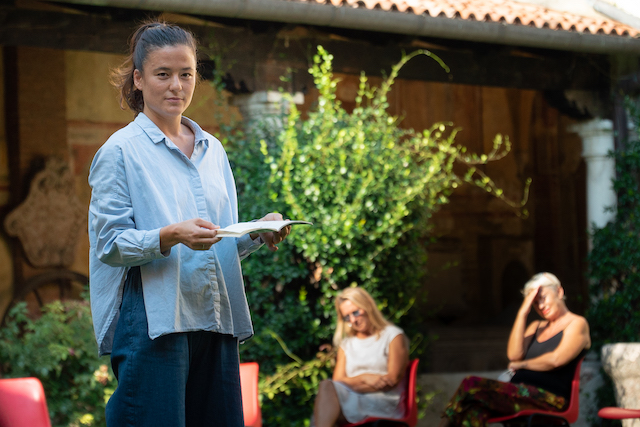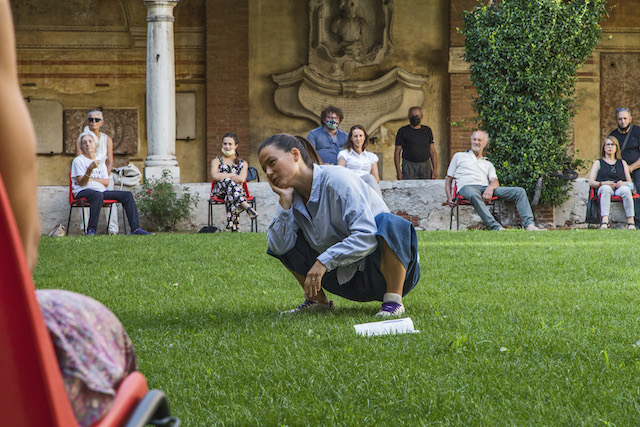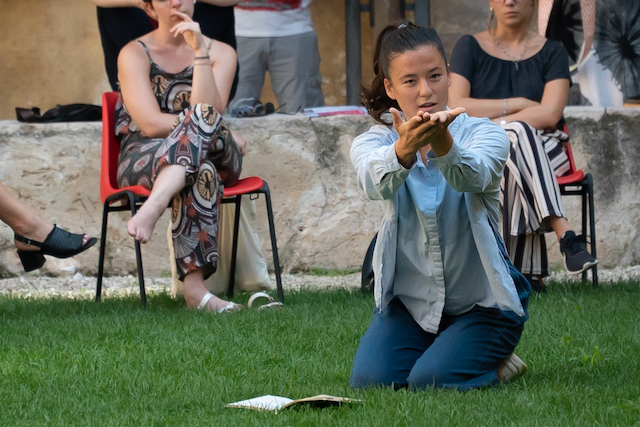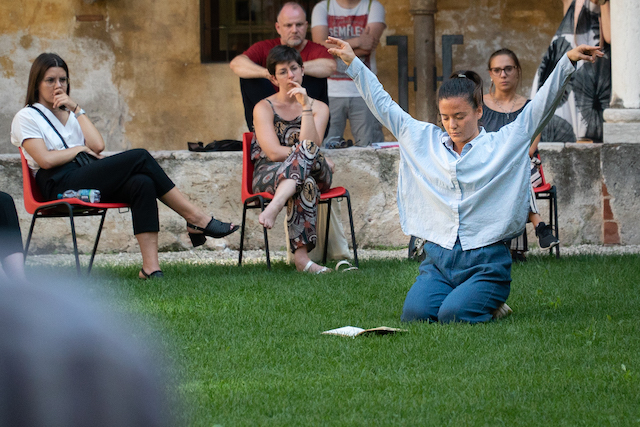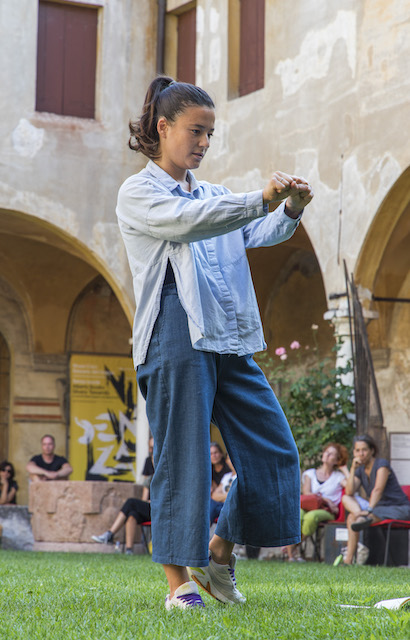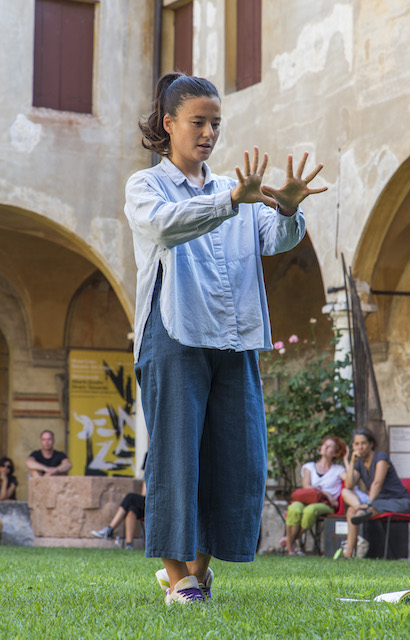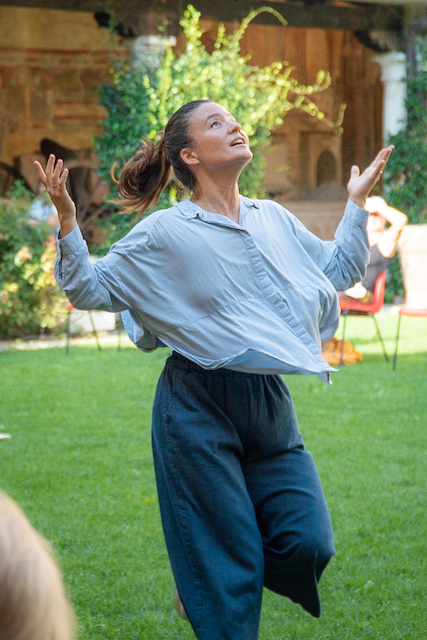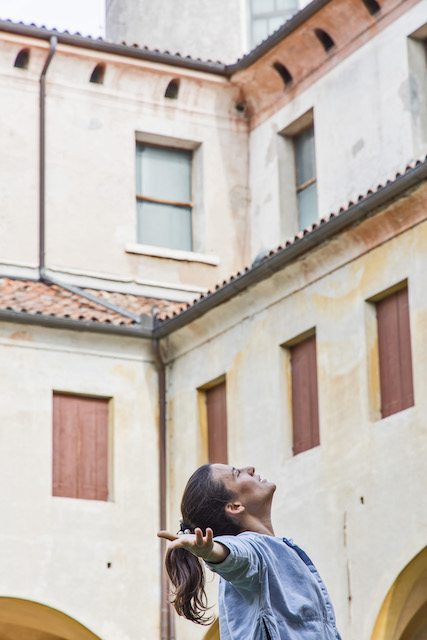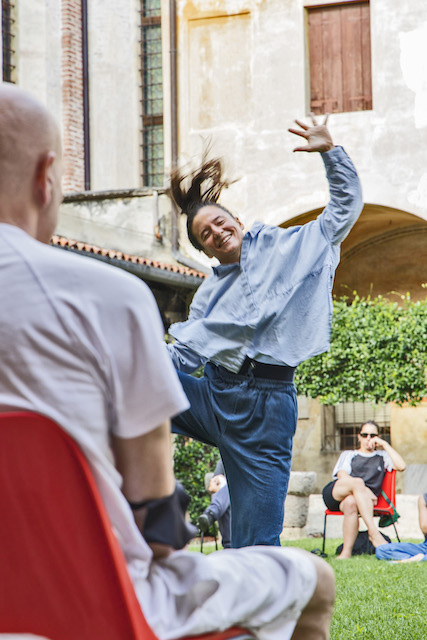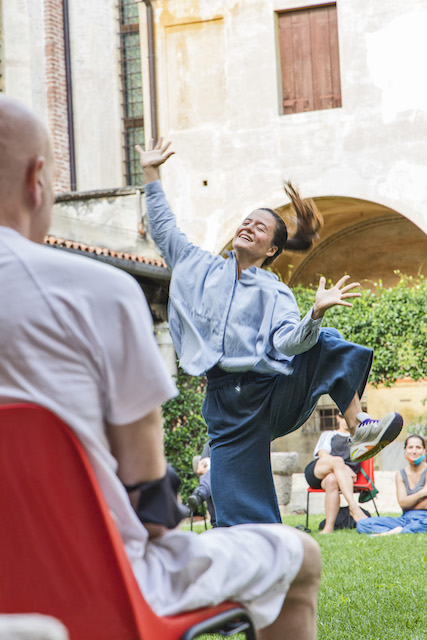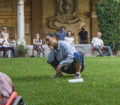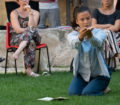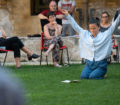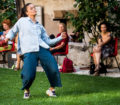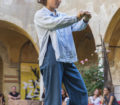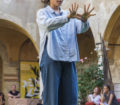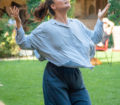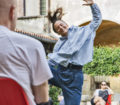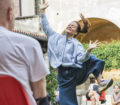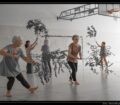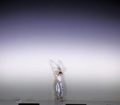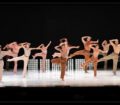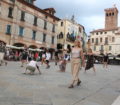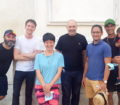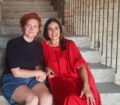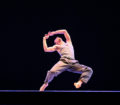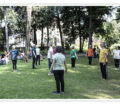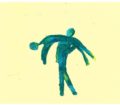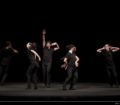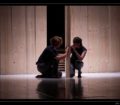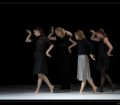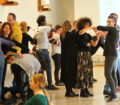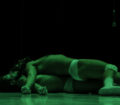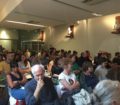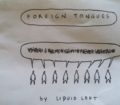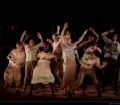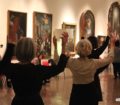ENGLISH TEXT FOLLOWS BELOW
Tutte le volte che pensiamo a un diario si apre il baule dei ricordi; vediamo lucchetti dalle piccole chiavi, quaderni ingialliti, tenuti insieme da cordini e laccetti; sfogliamo le mille emozioni di cui si è imbevuta la carta insieme a disegni, ritagli di giornali, strofe di canzoni, accenni di poesie, foglie e fiori essiccati. Il diario è il luogo dove si incrociano ricordi importanti e momenti effimeri; il luogo dove la persona attraverso la parola scritta si scopre e si descrive, e cerca di sopravvivere a se stessa.
In Toscana, c’è un paese, Pieve Santo Stefano, che da oltre trent’anni raccoglie e archivia diari di diversa provenienza, e per questo motivo è stato soprannominato la Città del Diario. In questo piccolo luogo ameno – dove è possibile visitare anche il Museo del Diario – c’è un archivio diaristico dove trovano ospitalità i ricordi di più di 8mila persone che hanno lasciato traccia delle loro vite in taccuini, lettere, e diari. Un enorme patrimonio di vite di carta, che ha salvato le memorie intime di “persone qualunque” dall’erosione del tempo, ed è anche una preziosa “enciclopedia” popolare della Storia del nostro Paese.
Custodire e condividere sono, dunque, le parole chiavi di quella piccola macchina del tempo che è il diario, e che mi permettono di ragionare sulla preziosità di un progetto come Diary of a move, di cui Masako Matsushita è ideatrice, co-autrice, narratrice, coreografa e danzatrice.
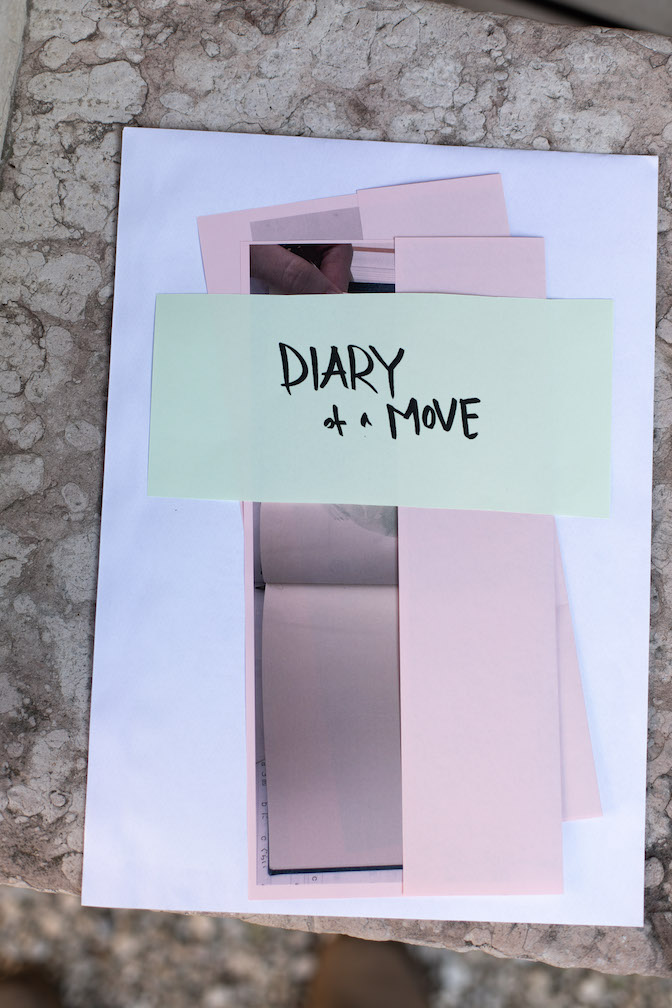
Diary of a move | foto di Riccio Floriana
Diary of a move è prima di tutto un atto di partecipazione collettiva a un processo creativo nato in un periodo storico di distanziamento e restrizione della mobilità, che resterà indelebile nelle nostre vite. Ogni giorno, per più di un mese, da aprile fino a metà maggio, dunque in pieno lockdown, sessantaquattro persone di diversa età, provenienza e background culturale, hanno raccolto e descritto in un diario collettivo una o più azioni prese dalla loro quotidianità. Una moltitudine di gesti ed emozioni private e collettive, solitarie e condivise, riconoscibili e straordinarie perché nate in una quotidianità completamente stravolta, caratterizzata dall’immobilità e dalla dilatazione del tempo; reali e sognate durante la notte; e ancora contagiate dalla tenerezza espressiva della natura, da quel “terzo paesaggio” – come direbbe Gilles Clément – che resisteva su terrazzi, balconi, e giardini abbandonati a se stessi, e dalla massiccia presenza di musica, letteratura, cinema, televisione, social, che il lockdown ci ha regalato o a cui ci ha sottoposto – a seconda dei punti di vista. Insomma un’antologia di gesti, azioni, movimenti, ed emozioni che trovano una reale profondità nella semplicità, e che implicano un’attenzione al corpo, primo contenitore del nostro benessere, di meraviglie, potenzialità e fragilità, e anche un prendersi cura di ogni singolo gesto per poterlo trasferire e condividere.
Ne è venuto fuori un prezioso archivio di movimenti, che Masako Matsushita ha saputo convertire in materiale coreografico di un’attualità disarmante.
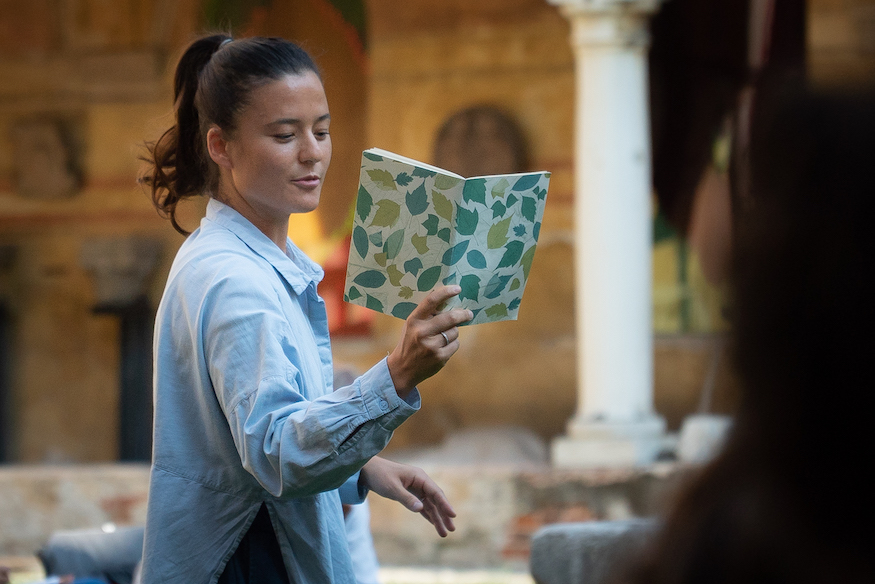
Diary of a move | Masako Matsushita | foto di Plaisant Roberta
Quella a cui abbiamo assistito durante BMotion Danza è una coreografia suddivisa in due tempi, fatta da una donna con in mano un quaderno, che dapprima racconta a parole e con il corpo alcuni dei movimenti scelti e registrati nei diari dai partecipanti. Semplici azioni, come il movimento delle mani mentre impastano il pane, un antico rituale che porta con sé memorie, valori simbolici, tradizioni e che durante il lockdown abbiamo visto fiorire e condividere come non mai; lo spostamento lento del peso della testa da una mano all’altra, tic tac di un tempo dilatato. E anche l’atto di tirare su le tapparelle, per un nuovo giorno pieno di speranza, e spalancare le braccia al cielo imitando il volo di un rapace, e saltare sotto la pioggia, momenti liberatori di una prolungata costrizione. E ancora i passi di un balletto tormentone diventato virale nei social, aprire e chiudere a chiavi la porta di casa uscendo dall’uscio con un passo pivot, perché un tempo si è studiato danza classica. Descrivere con le mani lo schiudersi delle prime rose immaginandone il suono onomatopeico, e ancora accorgersi di quanto è buffo il proprio padre mentre cerca di stare al ritmo di una ginnastica improvvisata in famiglia; saltare a gambe all’aria dalla gioia alla vista dopo tanto tempo dei primi amici…
Ogni gesto, ogni azione ha una potenza intrinseca, da cui Masako ha saputo togliere il superfluo e far risplendere in piccoli atti poetici dotati di trasparenza, lucentezza, elasticità, sonorità. Ogni singolo breve racconto è un amplificatore di differenti e mutevoli memorie, risonanze, echi, riverberi, una porta aperta a ritrovare anche qualcosa di sé tra le pieghe di quelle esistenze.
Ma è in un secondo momento, dismesso il quaderno, contenitore di parole e di memorie vicine e lontane, che quella geografia frammentata diventa un unico paesaggio danzato, che rapisce ancor più lo sguardo e il cuore. La coreografia esce dall’automatismo del singolo gesto, ne rallenta il riconoscimento allungandone la visione, la sacralità, eternando ogni pezzetto di esistenza. Nel crogiolo di Masako Matsushita tutti movimenti descritti si fondono in una pellicola dal flusso ammaliante, in un racconto corale danzato dal registro anti-narrativo, il cui il corpo è tutto, è il “teatro delle nostre vite”.
L’esperienza collettiva di Diary of a move non si è esaurita nella restituzione pubblica, ma è diventata anche un catalogo che l’artista ha donato alla città di Bassano del Grappa, e che raccoglie le pagine dei diari dei partecipanti, le testimonianze, i disegni le fotografie, le citazioni e le tantissime fonti d’ispirazione. Un prezioso tesoro, dunque, per Bassano, e una cura sana alla dimenticanza, che spiana la via per memorie di bellezza e non solo di miseria che questo periodo ci ha lasciato.
Rita Borga
Fotografi Pigri Project|Foto di: Alfieri Giovanni, Roberta Plaisant, Floriana Riccio
ENGLISH VERSION
Whenever we think of a diary we open the trunk of memories; we see padlocks with small keys, notebooks turned yellow and held together by strings and laces; we browse through thousands of emotions that have soaked into the paper with drawings, newspaper clippings, verses of songs, hints of poems, dried out leaves and flowers. The diary is the place where important memories and ephemeral moments come together; the place where the person discovers and describes himself through the written word, and tries to survive to himself. In Tuscany, there is a village, Pieve Santo Stefano, which has been collecting and filing diaries of different origins for over thirty years, and for this reason it has been nicknamed the City of the Diary. In this pleasant little place – where it is also possible to visit the Diary Museum – there is a diary archive where the memories of more than 8 thousand people, who have left traces of their lives in notebooks, letters, and diaries can be found. An enormous heritage of “paper lives”, which has saved the intimate memories of “ordinary people” from the erosion of time, and is also a precious popular “encyclopedia” of the history of our country. Keeping and sharing are, therefore, the key words of that little time machine that is the diary, and that allow me to think of the preciousness of a project like Diary of a move, of which Masako Matsushita is the creator, co-author, narrator, choreographer and dancer.

Diary of a move | foto di Riccio Floriana
Diary of a move is first of all an act of collective participation in a creative process born during a historical period of distancing and mobility containment, which will remain unforgettable in our lives. Every day, for over a month, from April to mid-May, in complete lockdown, sixty-four people of different ages, origins and cultural backgrounds, have collected and described in a collective diary one or more actions taken from their daily lives. A multitude of private and collective gestures and emotions, both solitary and shared, recognizable and extraordinary because born in a totally distorted “daily life”, characterized by stillness and time dilation; real and dreamt about during the night; and still “contaminated “by the expressive tenderness of nature, by that “third landscape” – as
Gilles Clément would say – that remained on terraces, balconies, and abandoned gardens, and by the massive presence of music, literature, cinema, television, social media, that lockdown brought us or submitted us to – depending on the point of view. In short, an anthology of gestures, actions, movements, and emotions that find real depth in simplicity, and that imply an attention to the body, the first container of our well-being, of marvels, potential and fragility, together with the care of every single gesture in order to then transfer and share it.
The result is a precious archive of movements, which Masako Matsushita has been able to convert into choreographic material of a disarming actuality.

Diary of a move | Masako Matsushita | foto di Plaisant Roberta
What we witnessed during BMotion Dance is a choreography divided into two stages, with a woman holding a notebook, “telling” at first with words and with her body some of the movements chosen and recorded in the diaries by the participants. Simple actions, such as the movement of the hands while kneading bread, an ancient ritual that brings with it memories, symbolic values, traditions which we saw flourish during lockdow and shared like never before; the slow movement of the weight of the head from one hand to the other, tic tac of an expanded time. And also the act of pulling up shutters, for a new day full of hope, and opening our arms to the sky imitating the flight of a raptor, and jumping in the rain, a liberating moment of a prolonged constriction. And again the steps of a tormenting ballet gone viral on social media, the locking and unlocking the house door using a pivot dance step coming from studying ballet. Describing with your hands the opening of the first roses imagining their onomatopoeic sound, and still realizing how funny your father is while trying to keep up to the rhythm of an improvised family workout; jumping from joy when seeing your friends for the first time after so long…
Every gesture, every action has an intrinsic power, from which Masako has been able to take away the superfluous and make it shine in small poetic acts characterized by transparency, brightness, flexibility and sound. Every single short story is an amplifier of different and changing memories, resonances, echoes, reverberations, an open door to find something of oneself among the folds of those existences. But it is in a second moment, when the notebook, a container of words and close and distant memories , is abandoned, that that fragmented geography becomes a single danced landscape, which captures even more one’s gaze and one’s heart. The choreography comes out of the automatism of the single gesture, slows down its recognition, lengthening its vision, its sacredness, making every little piece of existence eternal.
In Masako Matsushita’s melting pot, all the movements described merge in a film with a bewitching flow, in a choral tale danced following an anti-narrative structure, whose body is everything, the “theater of our lives”.
The collective experience of Diary of a move didn’t end just by “giving back” to the public, but it also became a catalogue that the artist then donated to the city of Bassano del Grappa; it collects the pages of the diaries of the participants, stories, drawings, photographs, quotes and the many sources of inspiration. A precious treasure, then, for Bassano, and a healthy cure to forgetfulness, which paves the way for memories of beauty and not only of misery that this period has left us with.
Rita Borga
English translation by Lisa Prada
Photos by #fotografipigri: Alfieri Giovanni, Roberta Plaisant, Floriana Riccio
Diary of a move
ideazione, coreografia e interpretazione Masako Matsushita
con la collaborazione di Vittoria Caneva e Ilaria Marcolin
con il contributo dei diari di 64 cittadini
con il supporto di Nanou Associzione Culturale
grafica Giacomo Rastelli
illustrazione Luca Pierini
produzione Operaestate Festival Veneto
Tags: #bmotiondanza2020, #operaestate2020, #recensionedanza, Diary of a move

